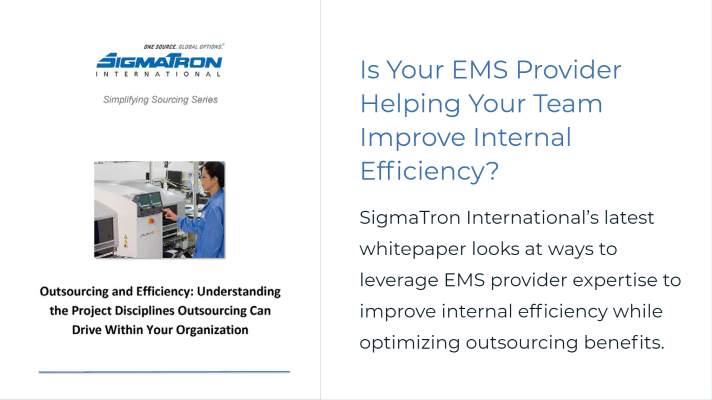
Any supply-chain management executive will likely tell you that 2021 is 2020 on steroids. Reason: While 2020 had supply-chain disruption, the worst part of that disruption was followed by drops in customer demand due to Covid-19-related lockdowns, so the situation never worsened beyond spot shortages or transportation delays. This year, pent-up consumer demand combined with historic low interest rates supporting consumer spending is spiking product demand in multiple industries as consumers make purchases they delayed in 2020. 5G infrastructure is rolling out, demand has increased for electric vehicles, which have substantially more electronic components per car, and Covid-19 continues to drive higher medical equipment production. As a result, demand variations are changing schedules weekly. At the same time, constraints developing in the materials market are driving higher prices and longer lead-times. Transportation and freight resources are stretched, and pricing and lead-times are increasing. Covid-19 continues to cause some level of disruption as hot zones develop around the world. In short, 2021 will be a year where multiple variables are constantly in flux. Read the full article here.


